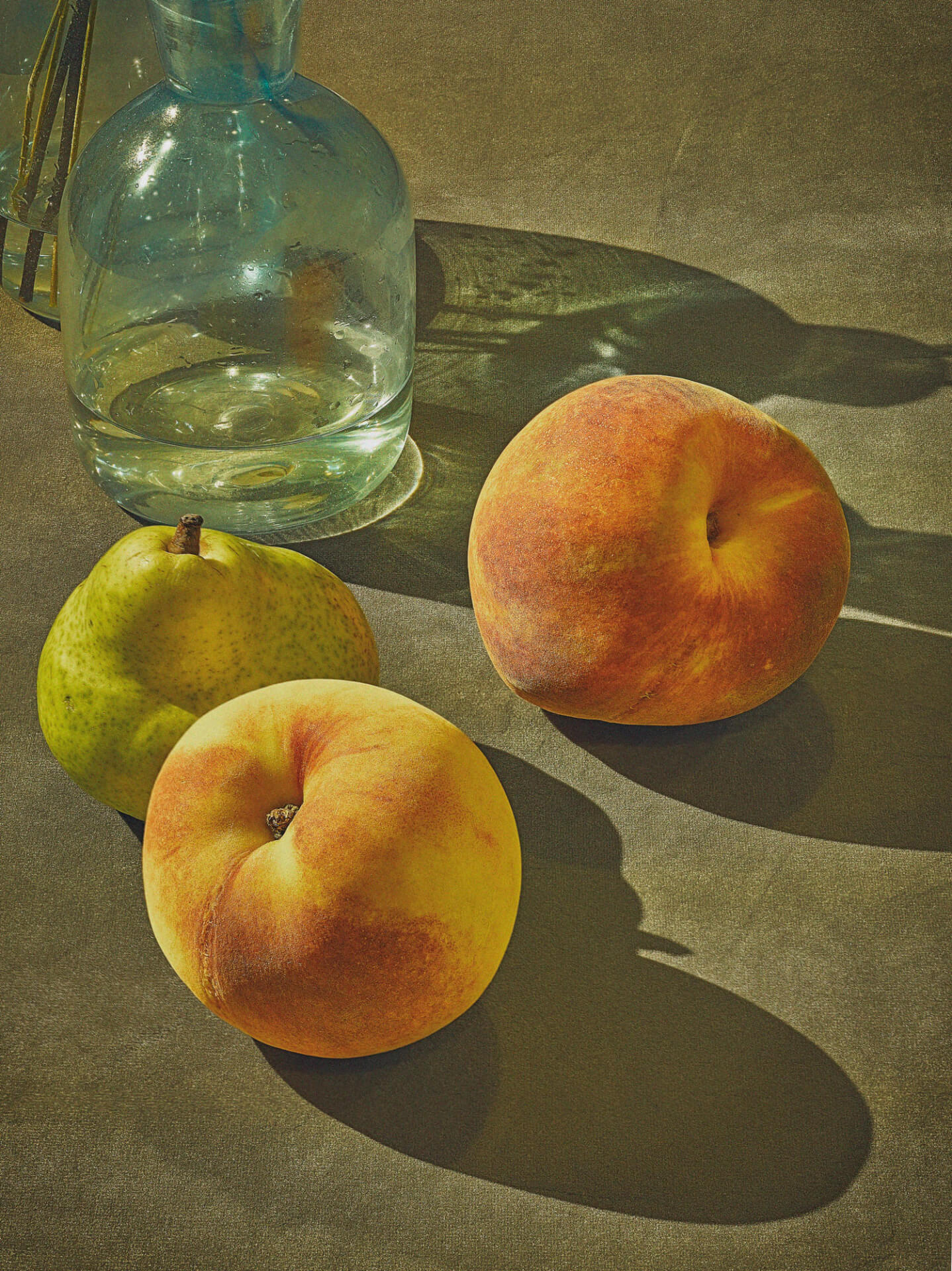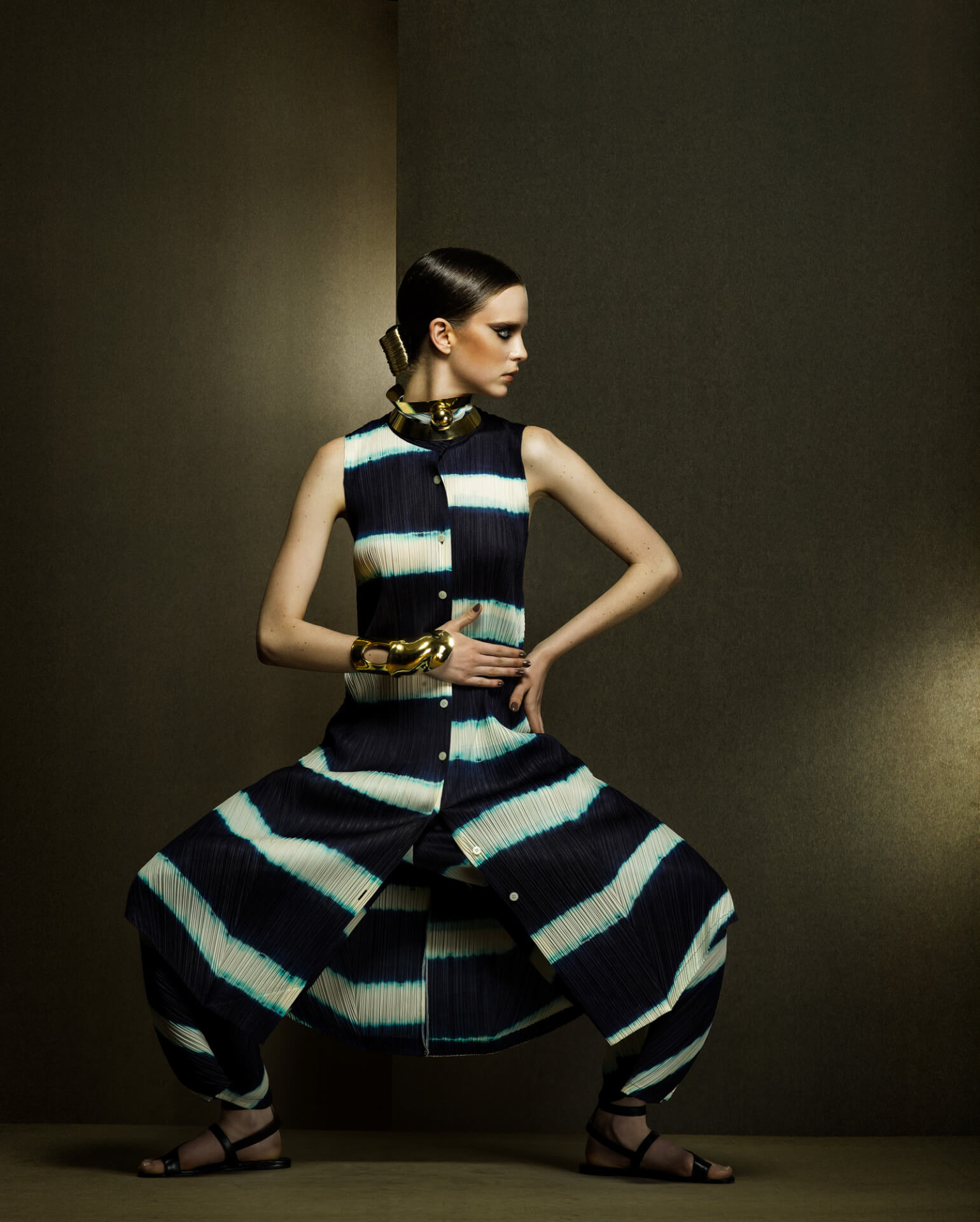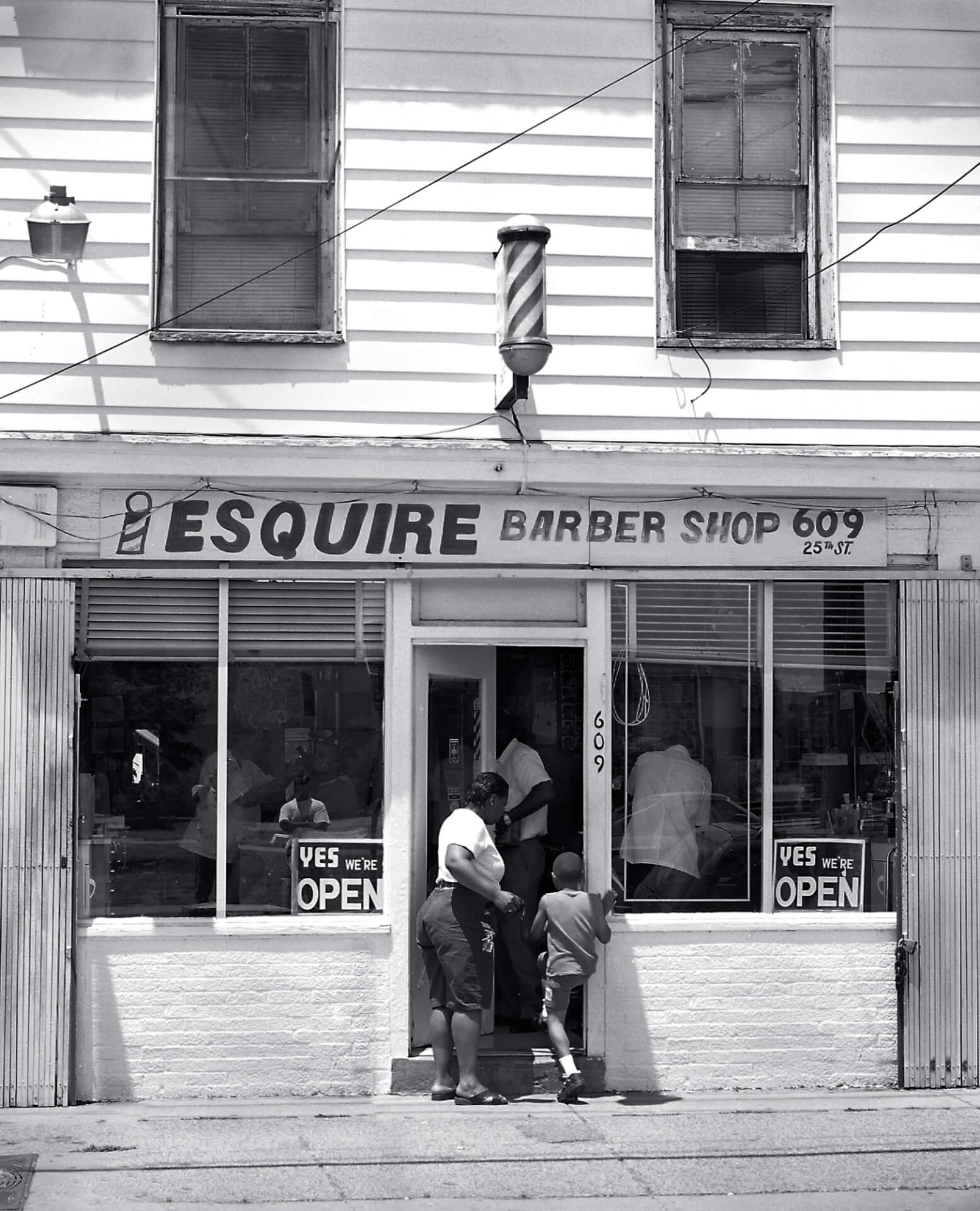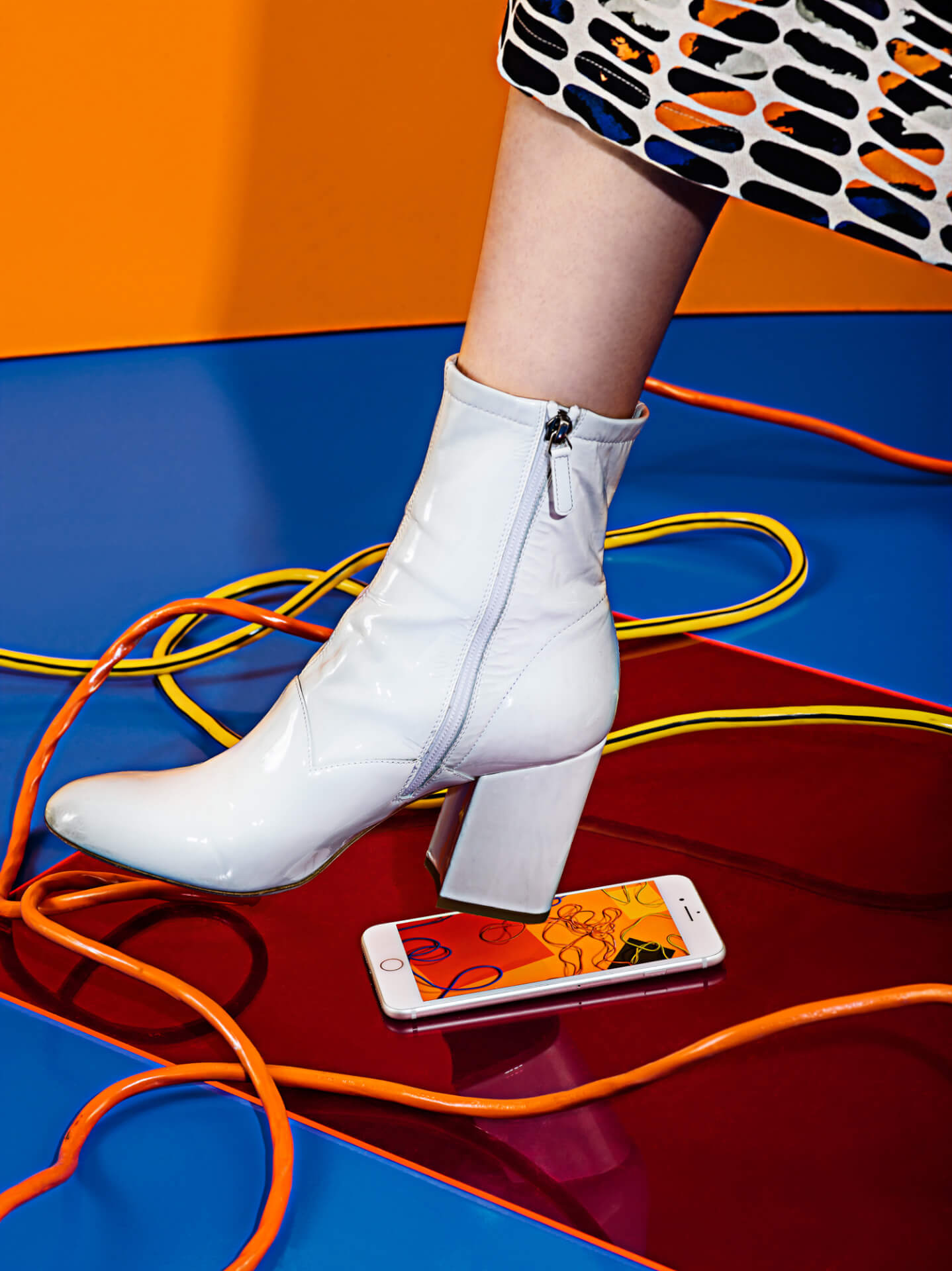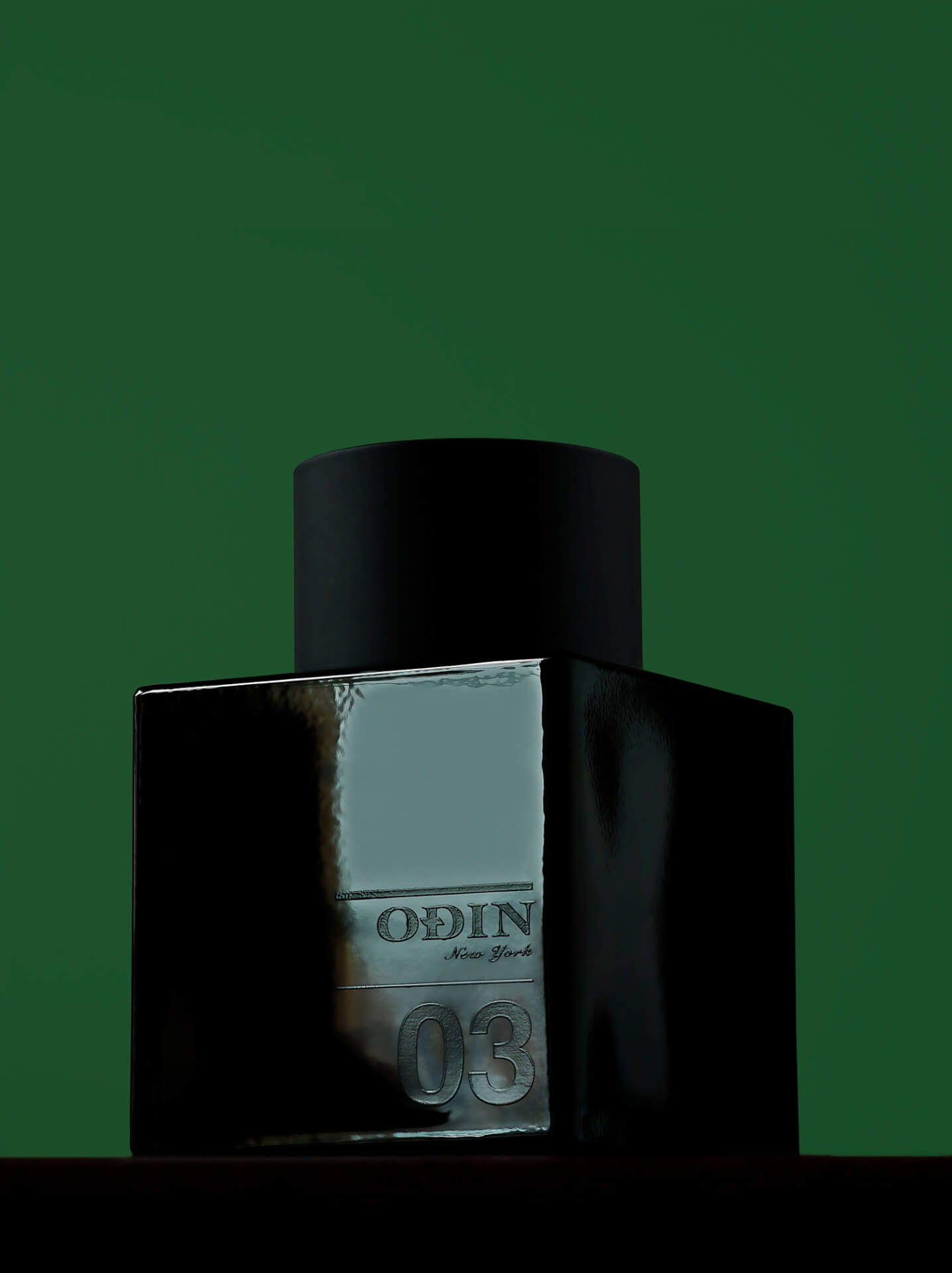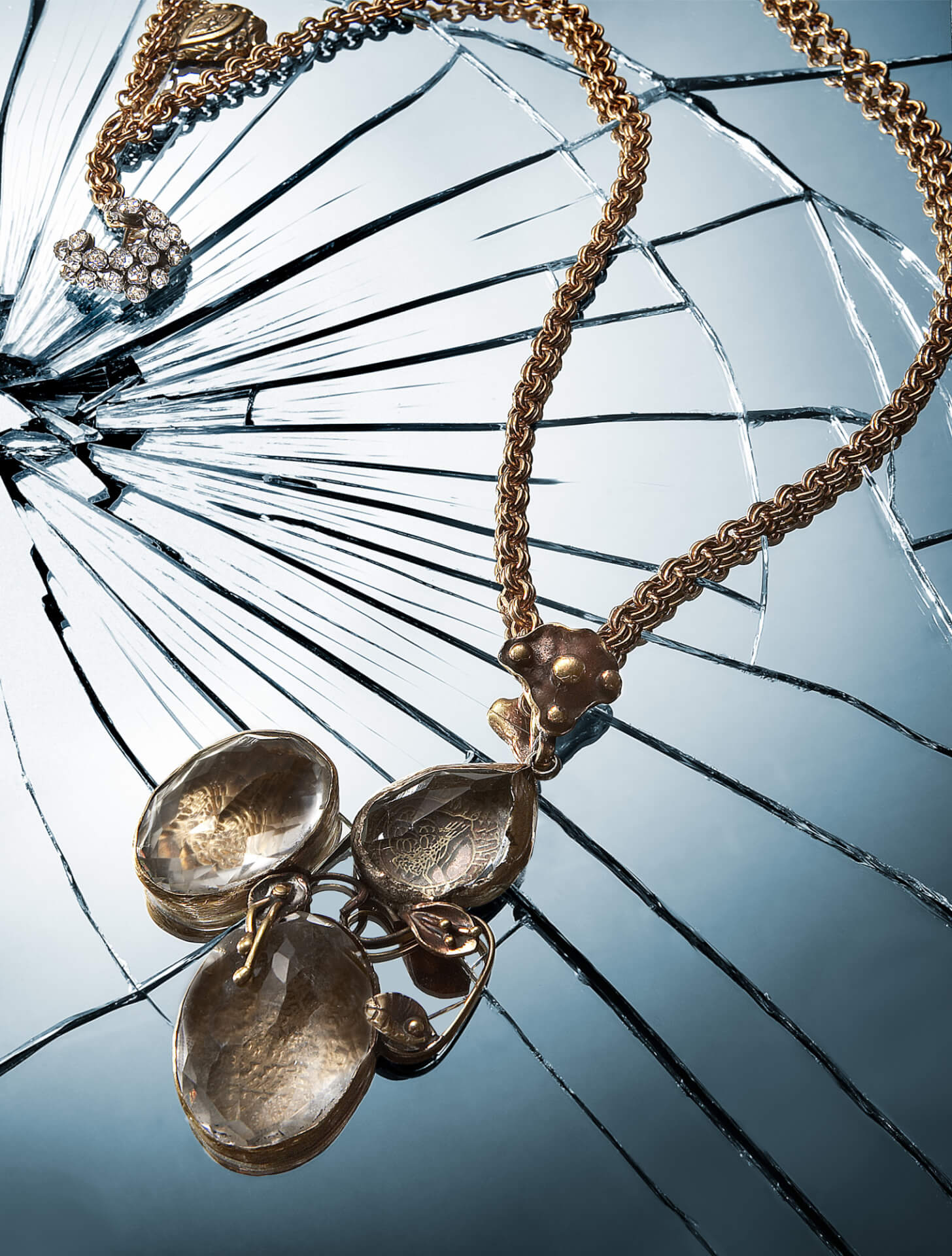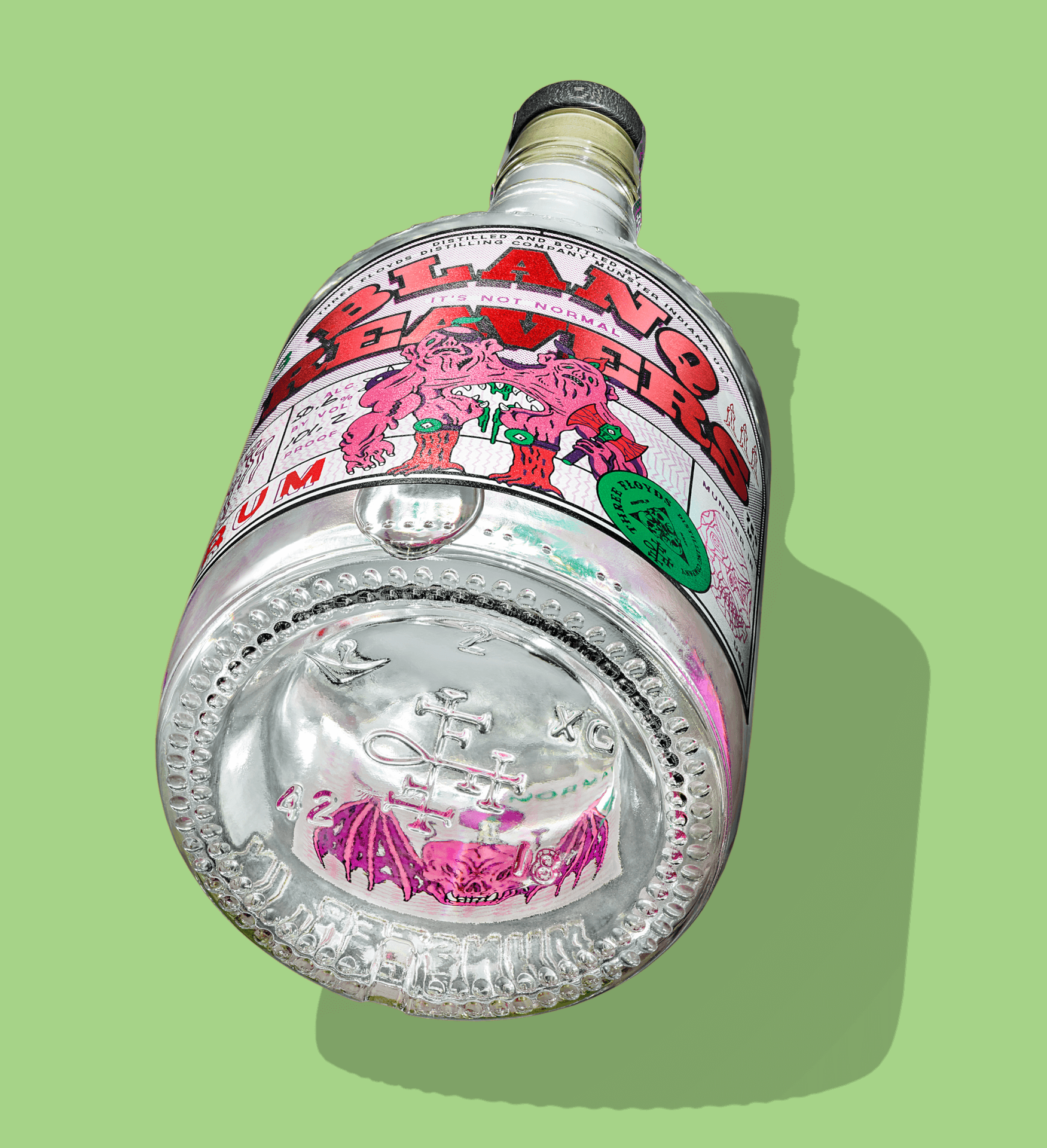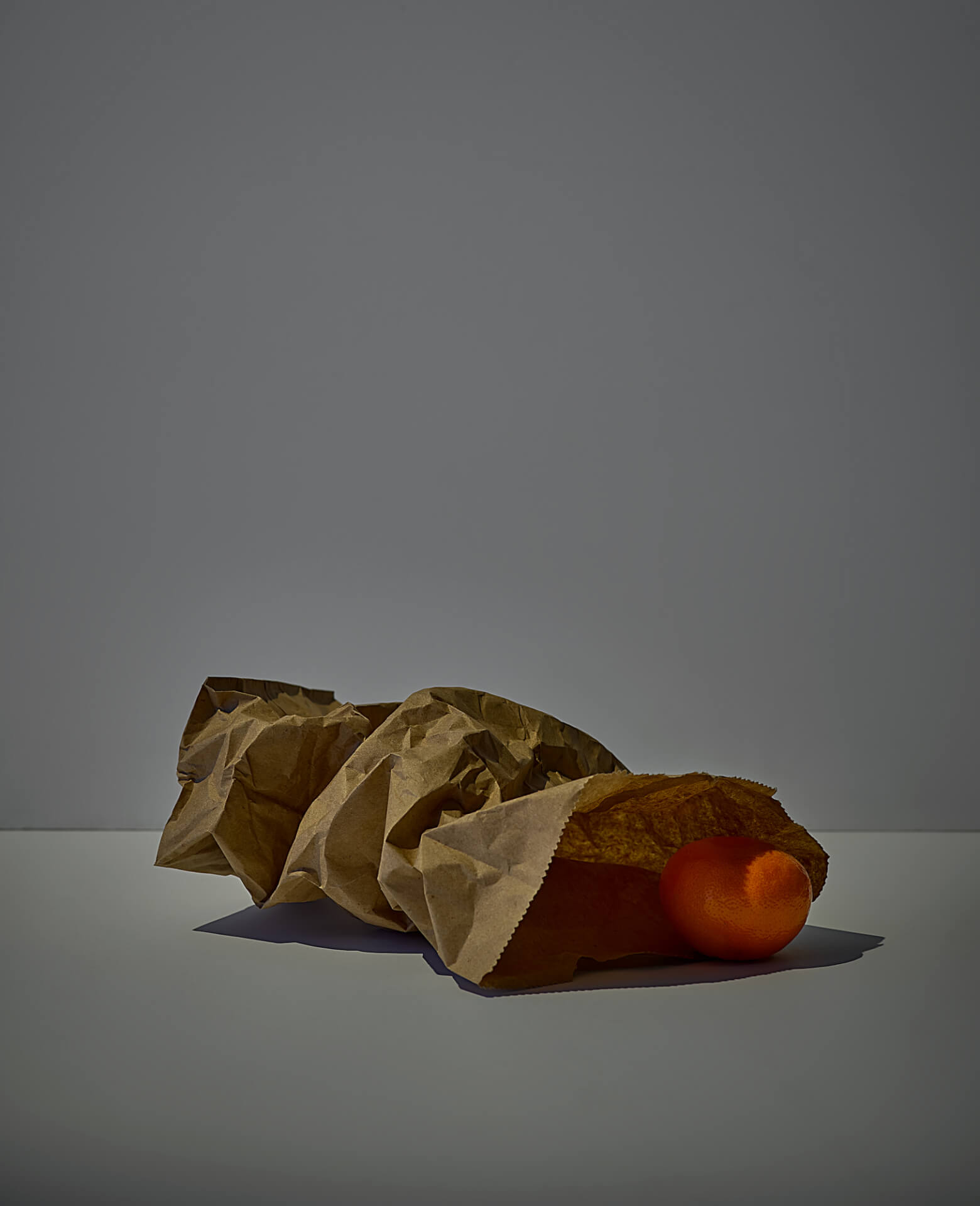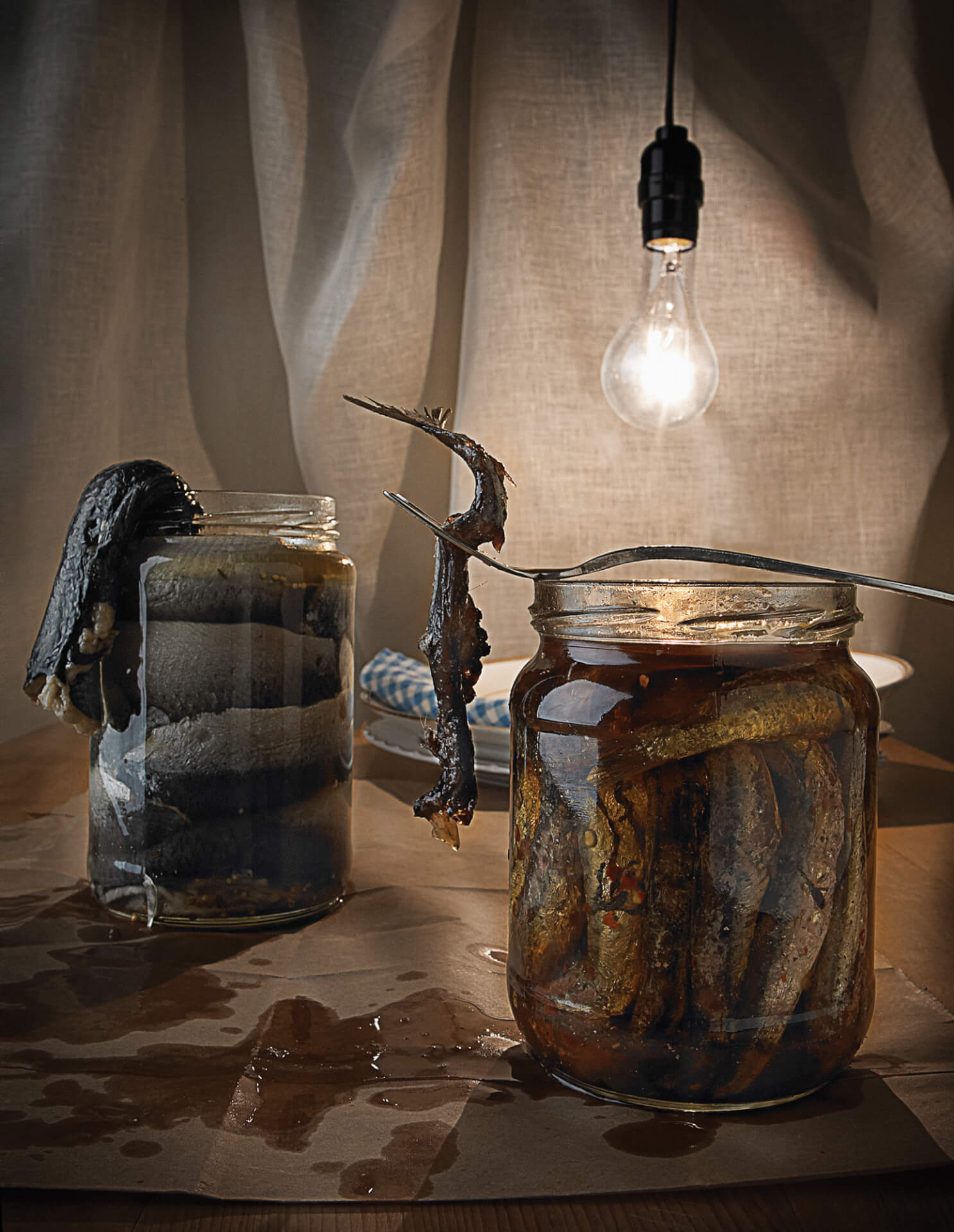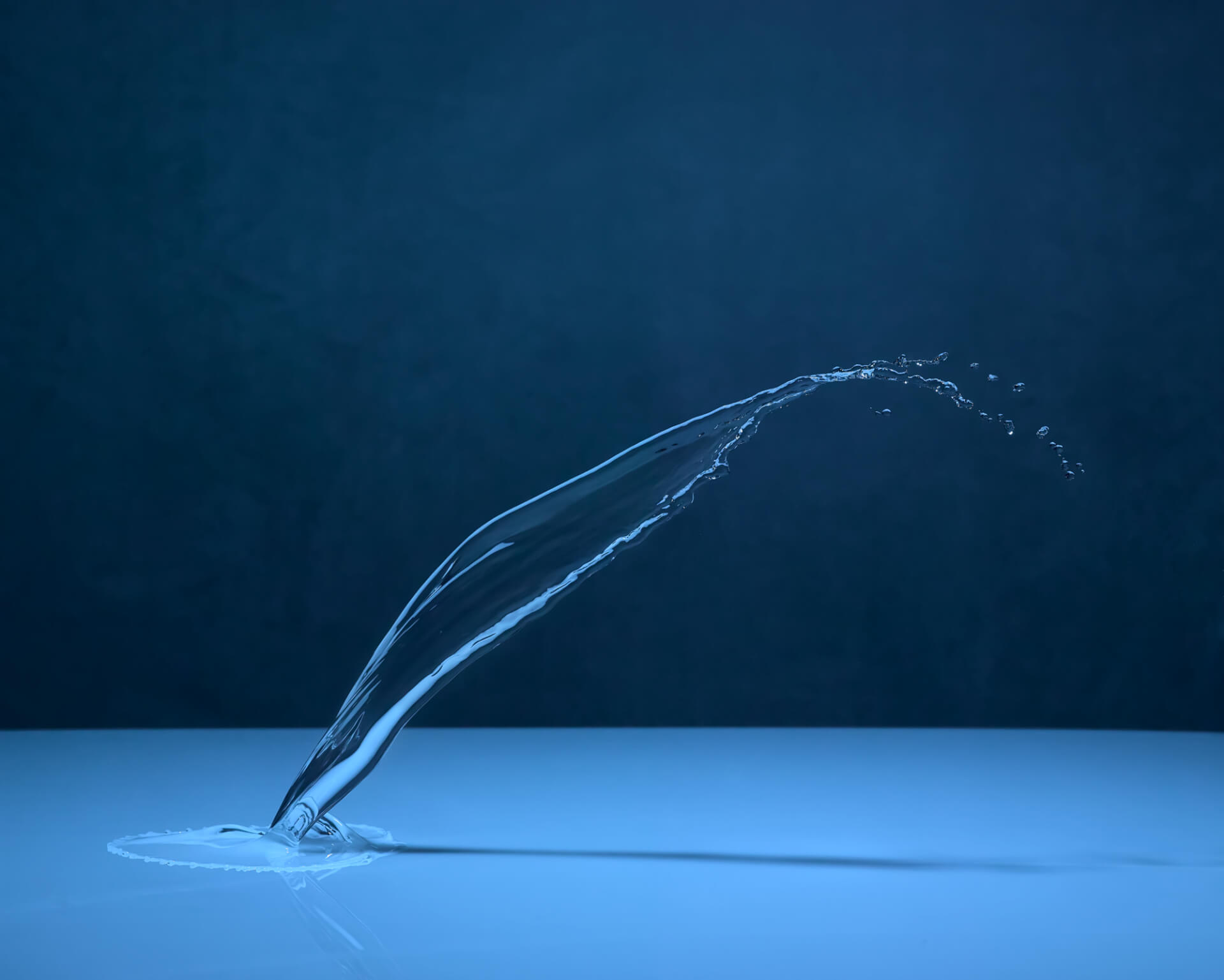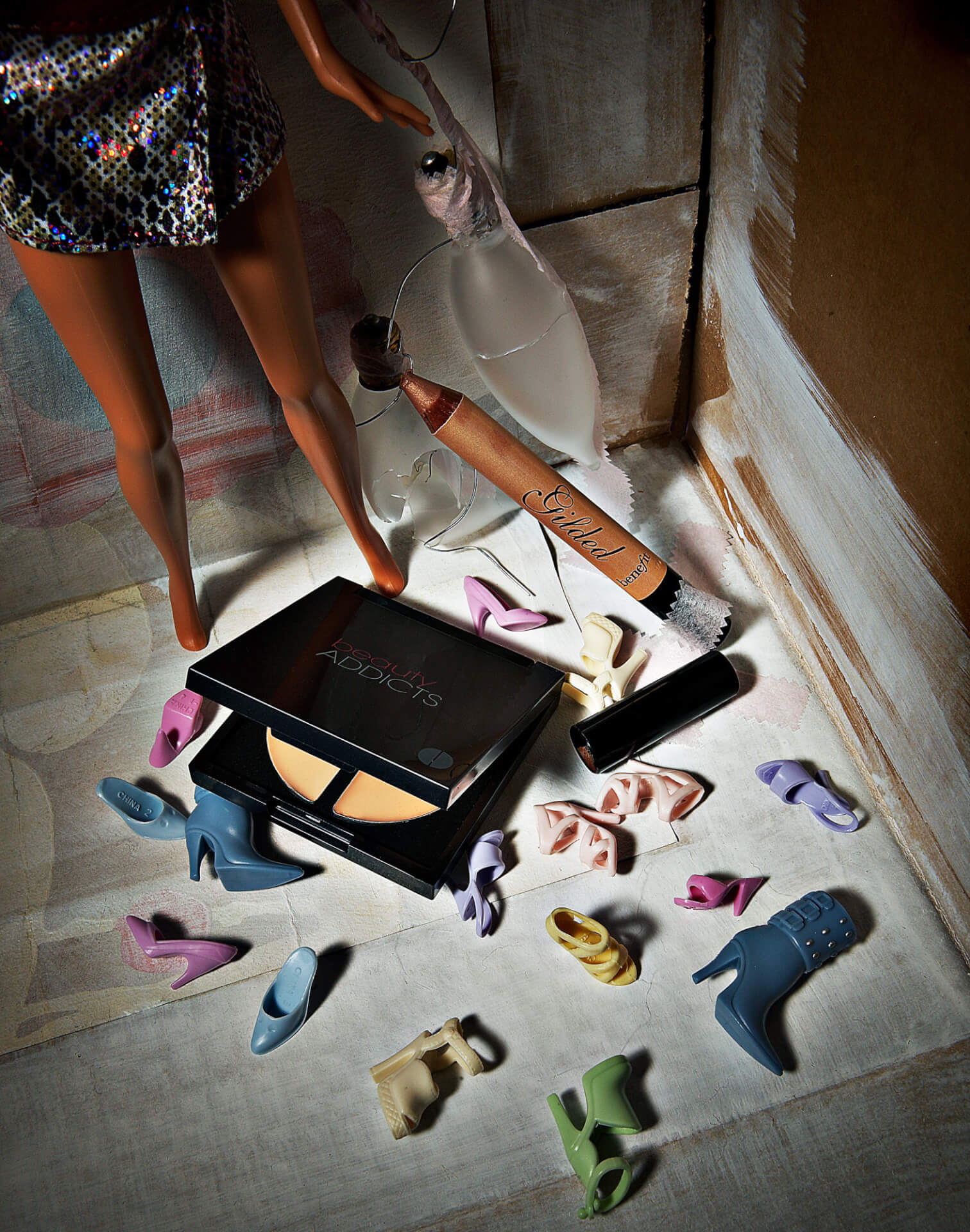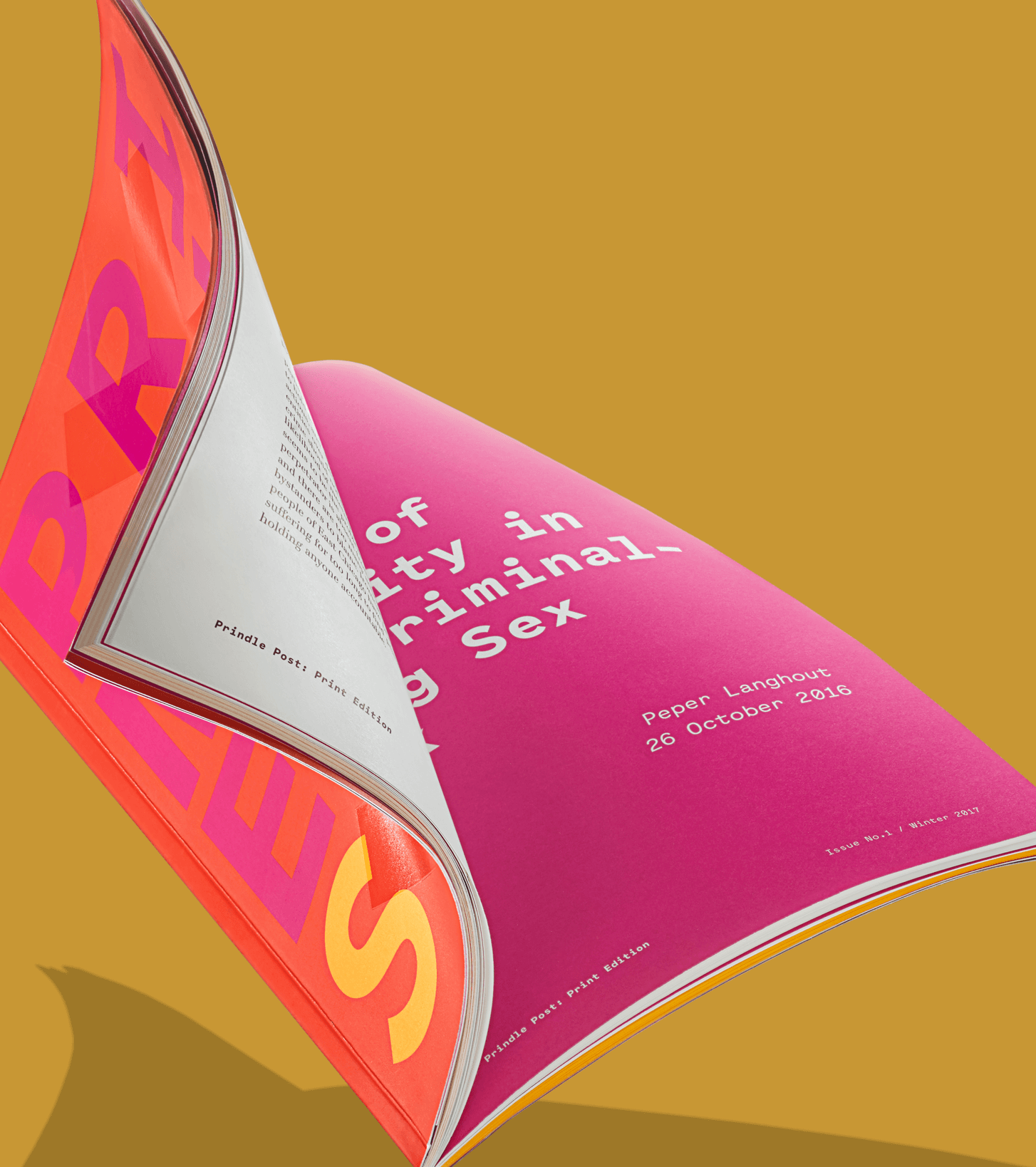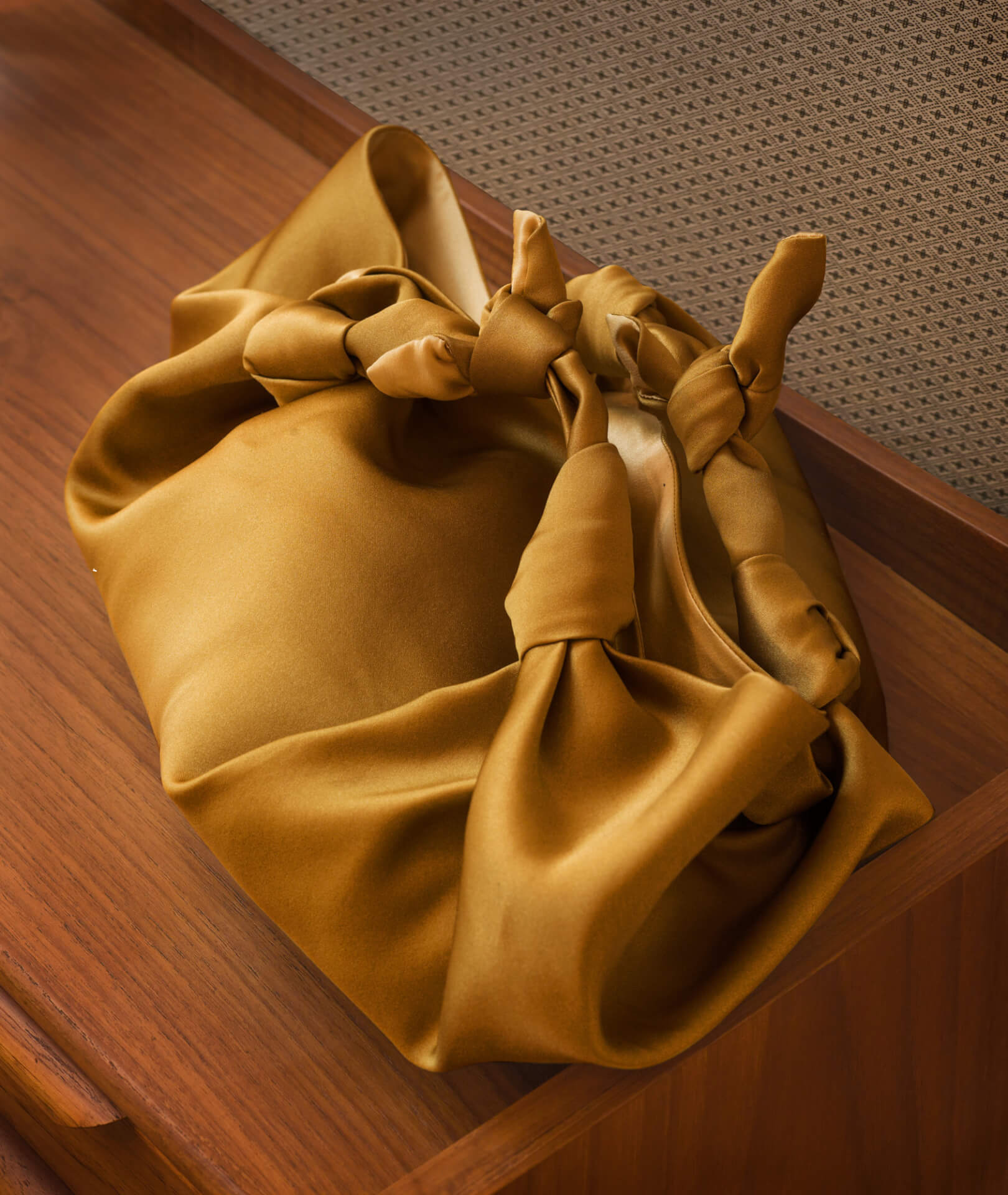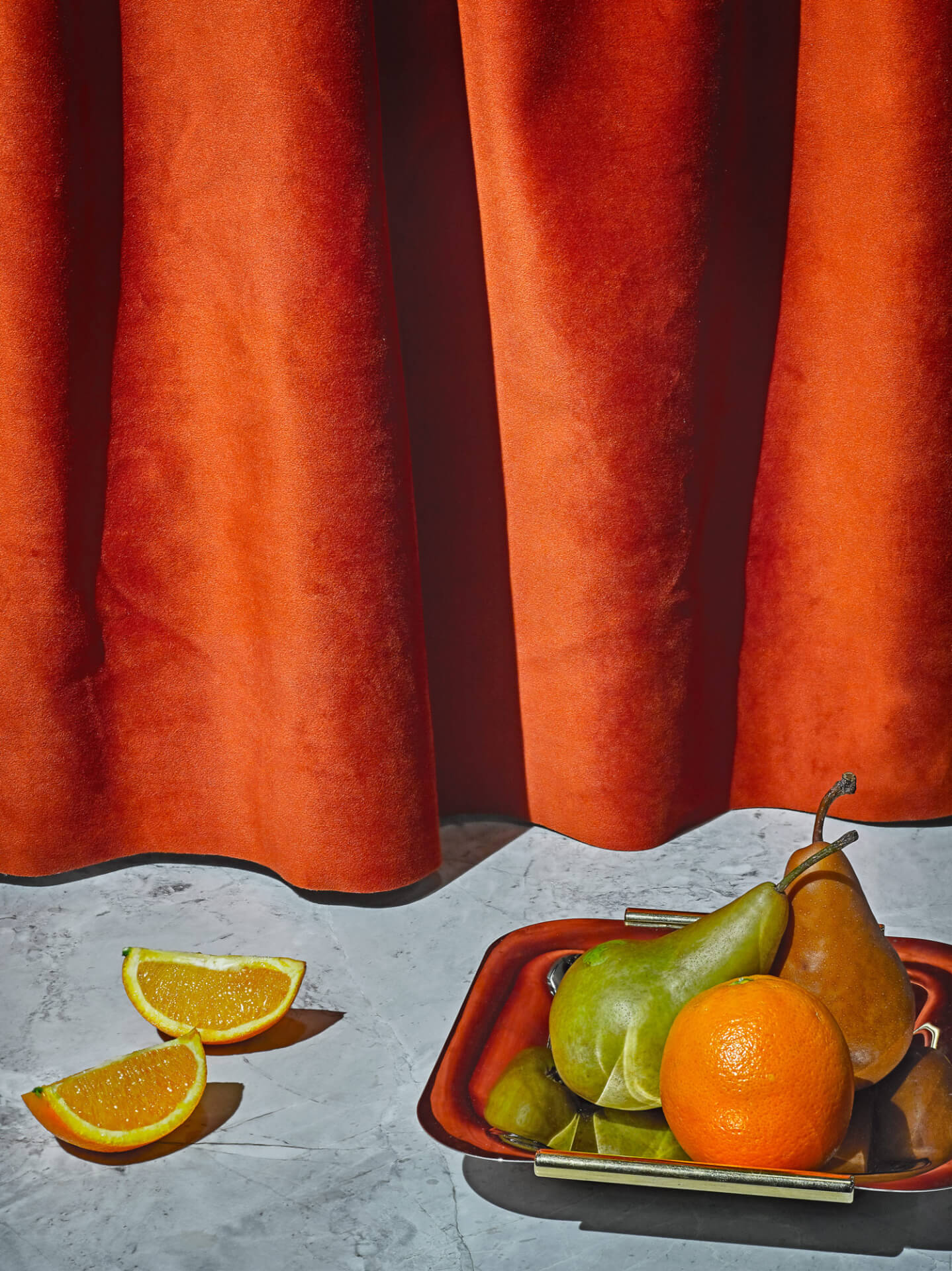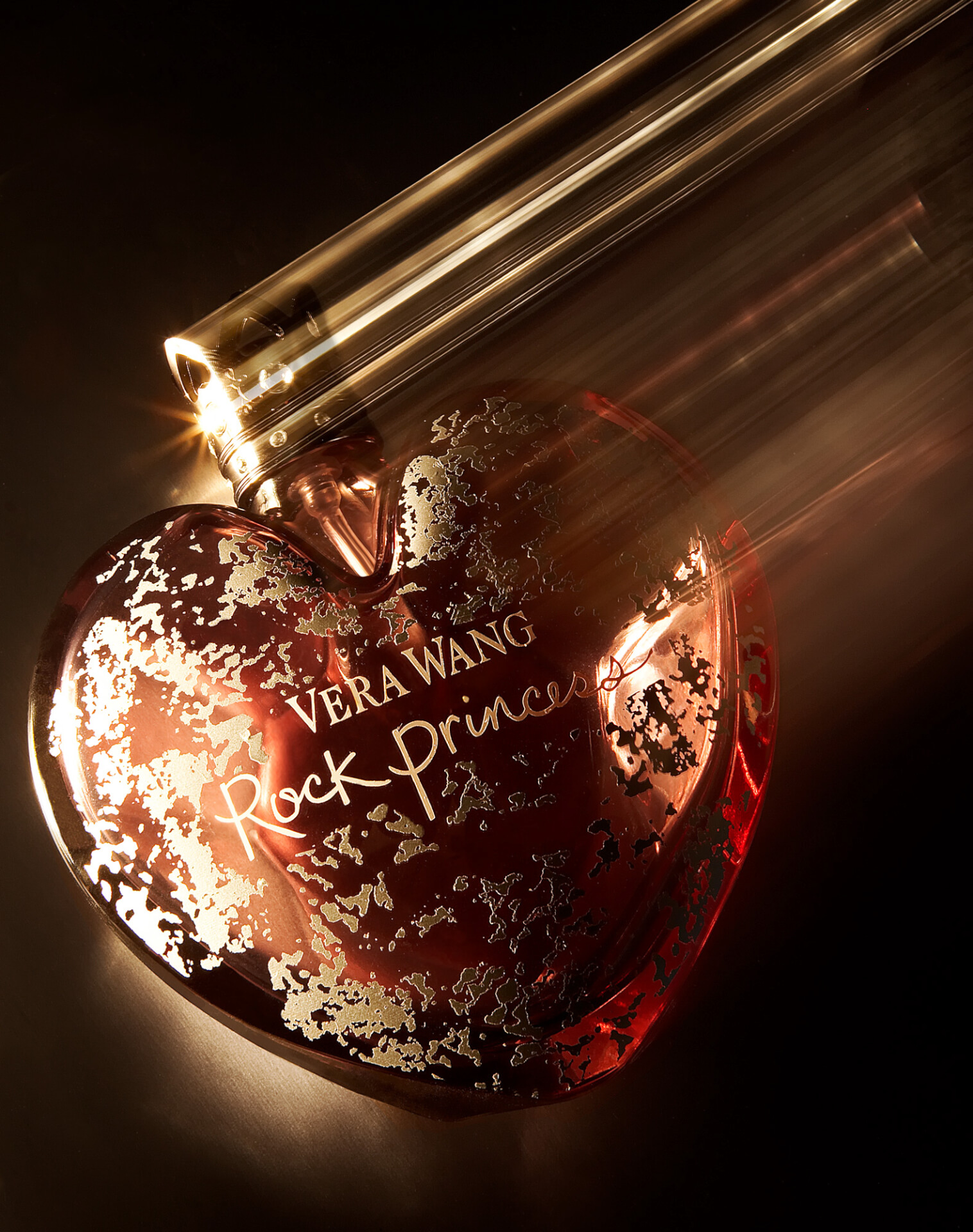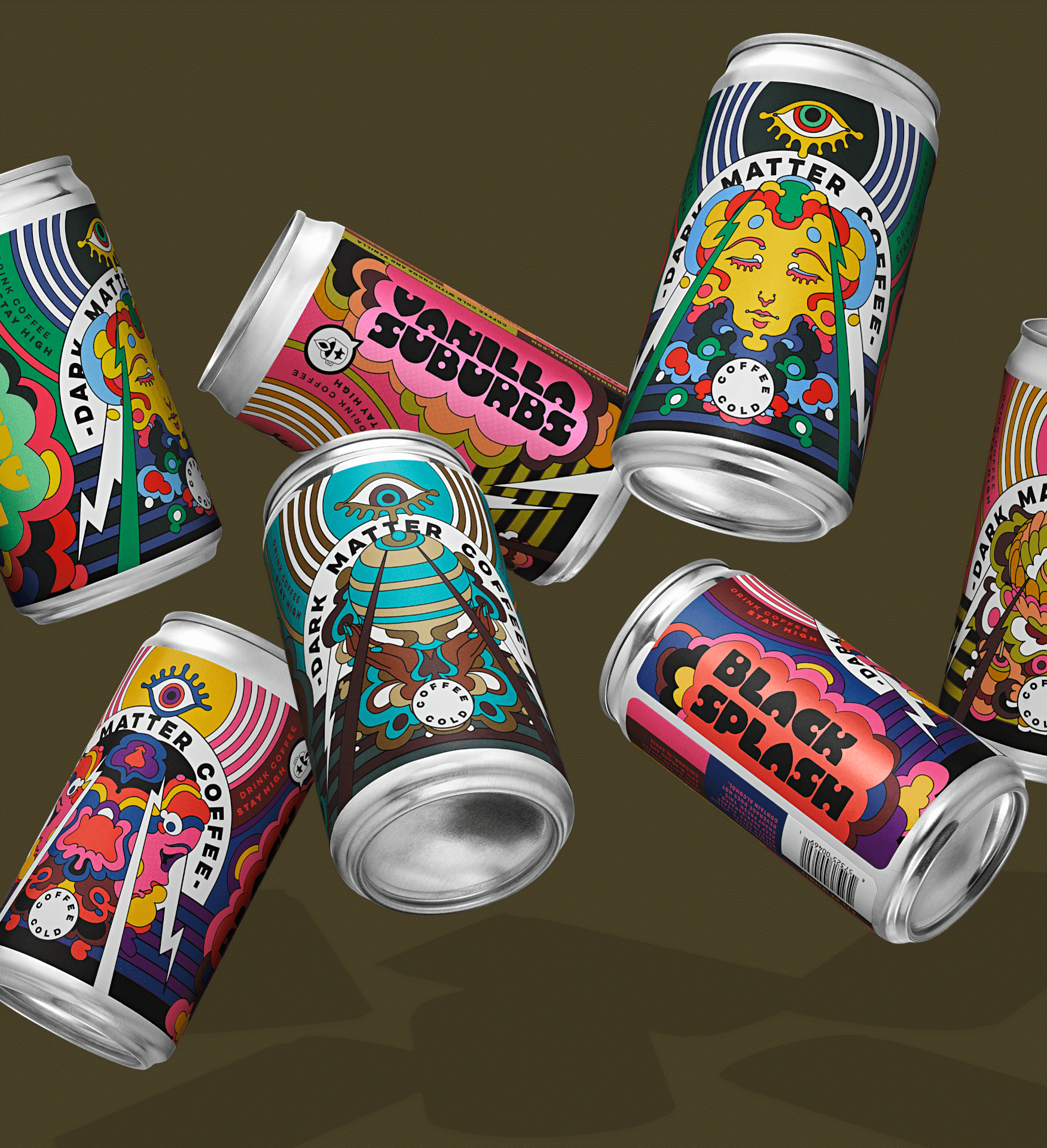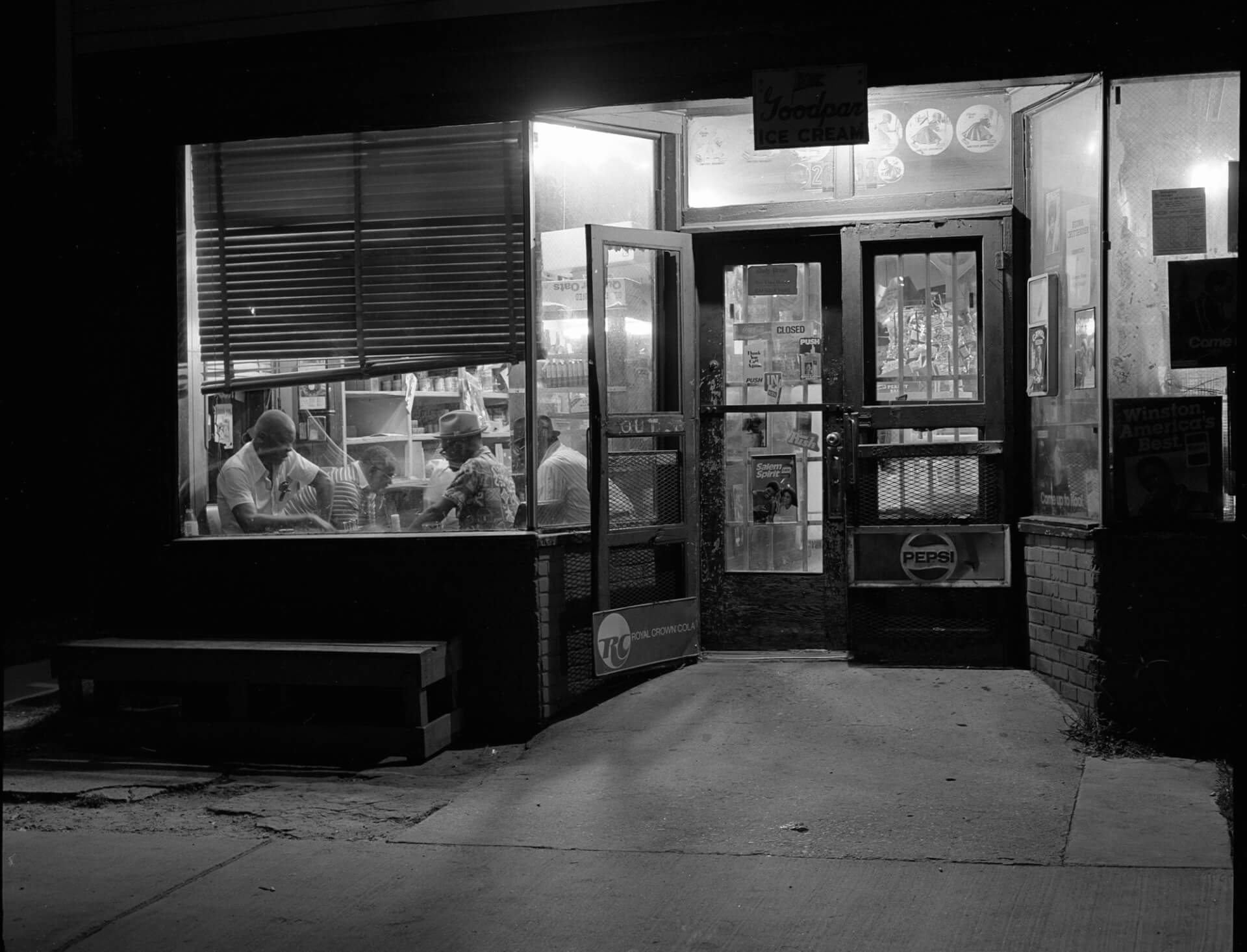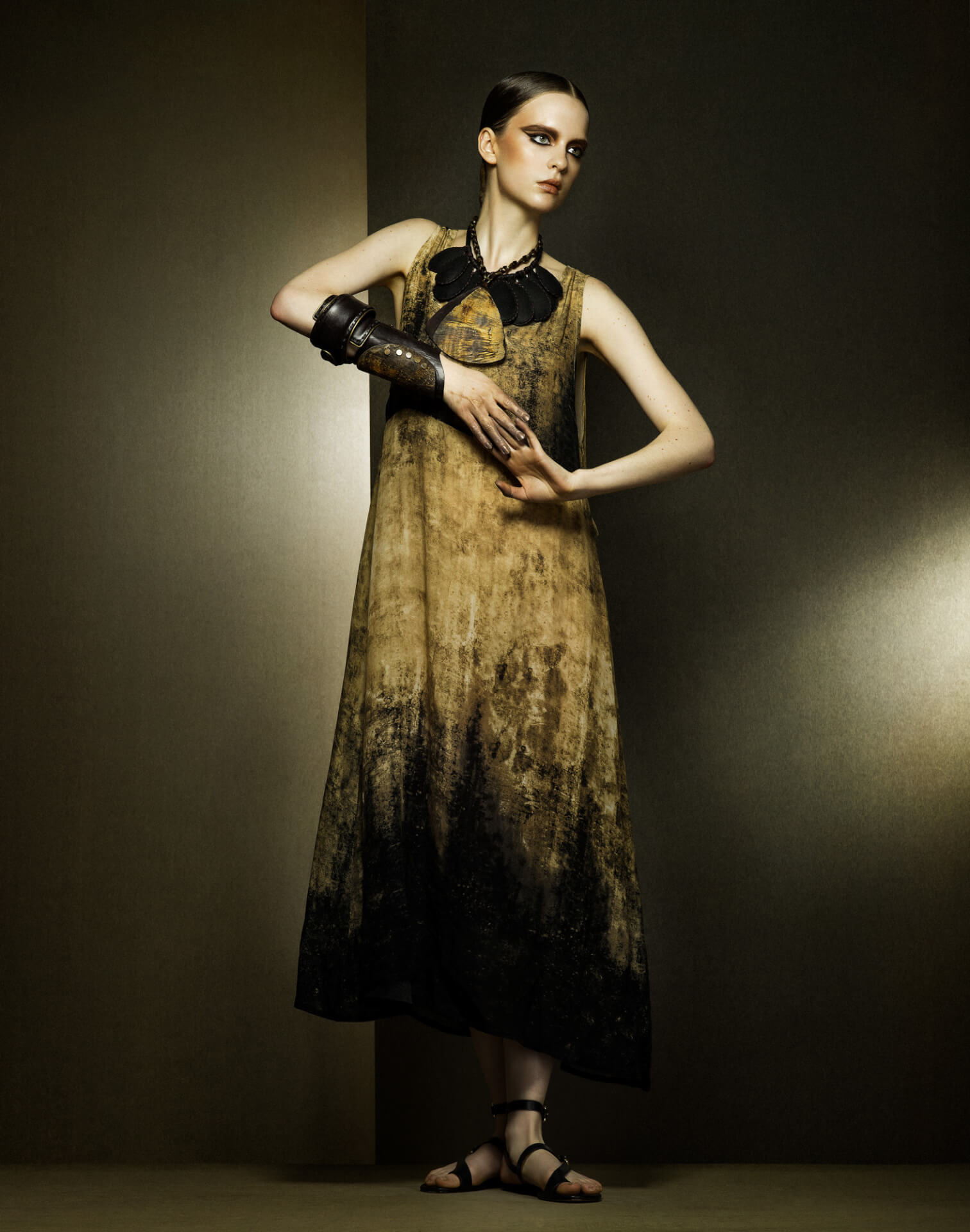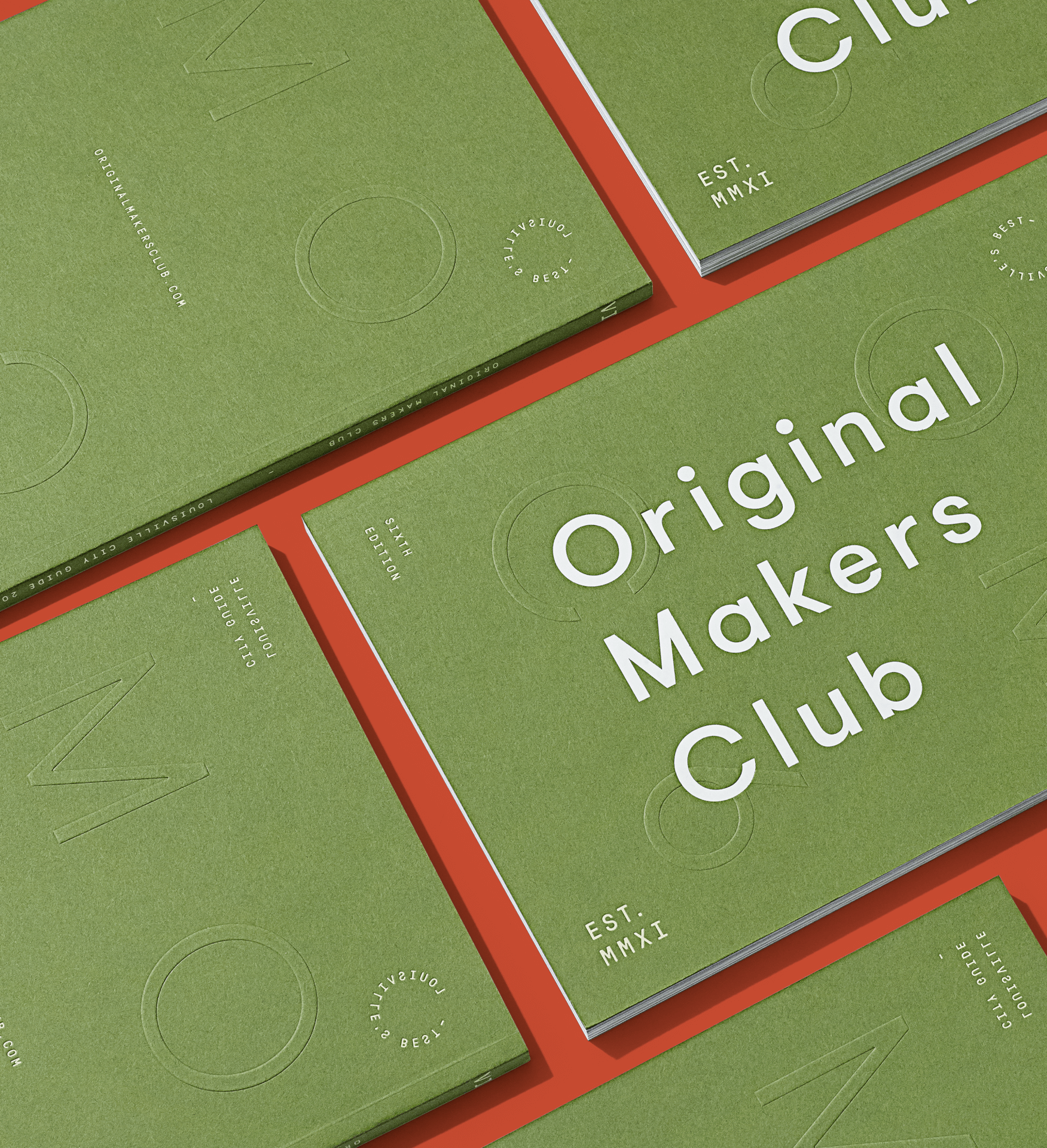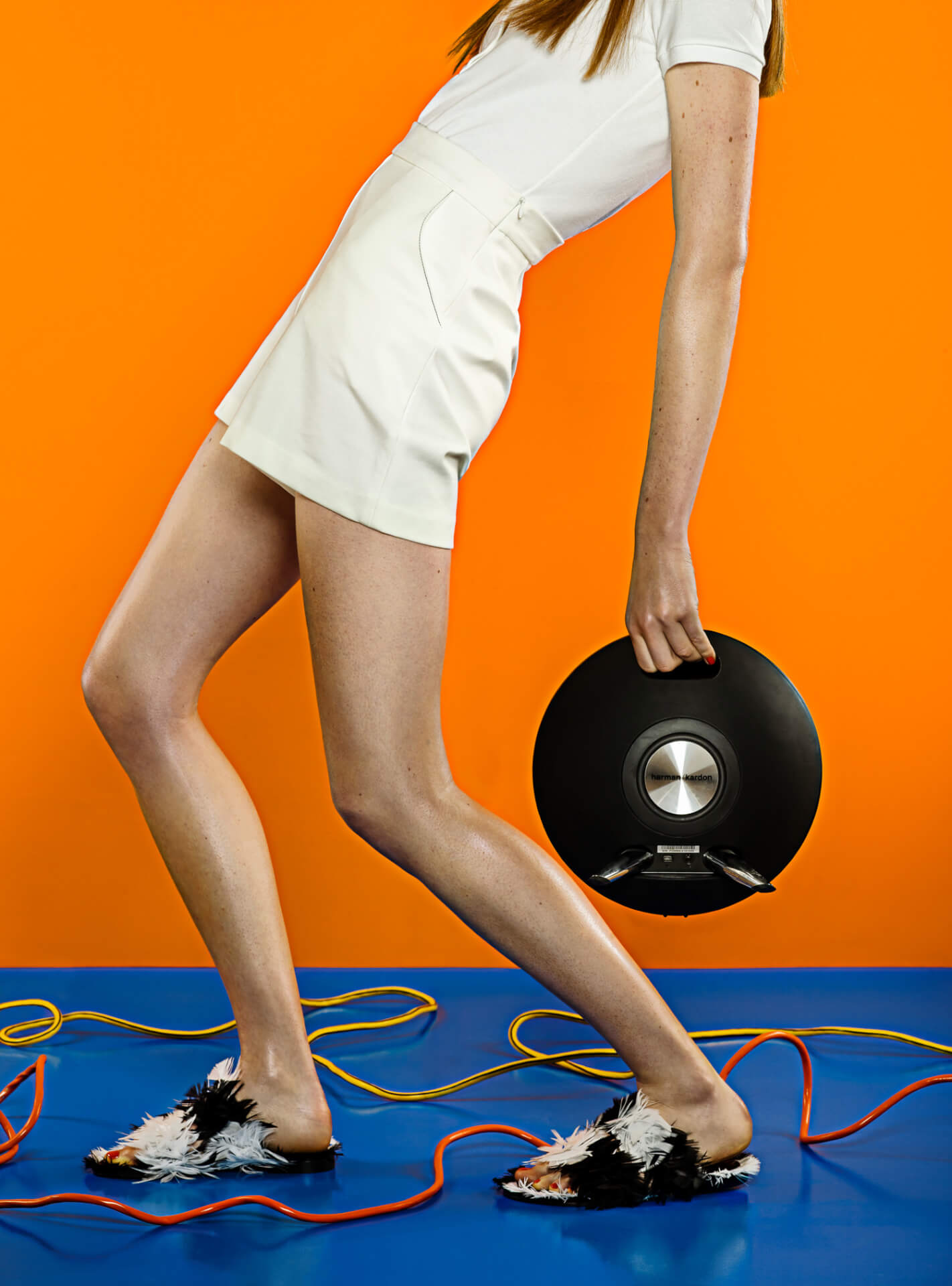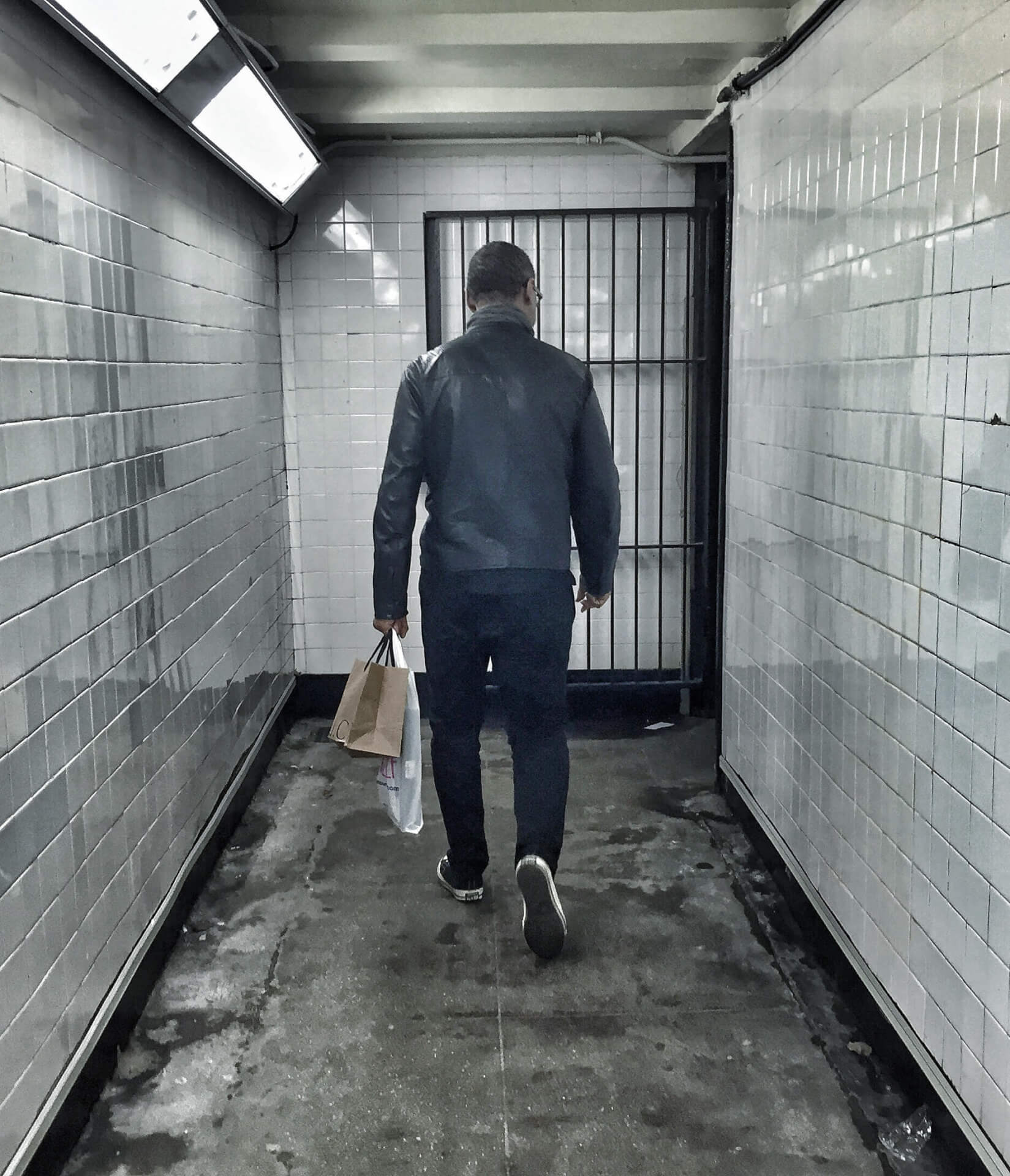Make Room for Play
Richard Gary Interviewed by Jessica Zimmer and Joshua Jean-Marie
Zimmer-Design’s portfolio is often marked by a robust, hyper-crisp presence of photography, which can be attributed in large part to New York-based photographer, Richard Gary’s talent. While Rich’s photography style is undoubtedly unique, the story behind Zimmer-Design’s introduction to Rich is equally unusual.
Recently, Jessica Zimmer and Joshua Jean-Marie jumped on a call with Rich to revisit the early stages of the Zimmer-Design x Richard Gary relationship. Additionally, Jess and Josh explored what experiences have shaped Rich’s journey as a photographer. Before diving into the heart of the conversation with Rich, Jess provided some context:
“Jim and I had been chatting about needing to find a product photographer to shoot our portfolio. We knew we had a super-specific aesthetic in mind and wondered where to come across anyone who fit the bill. A few days after having that conversation, Rich cold calls Jim and introduces himself, saying he was wondering if we were looking for a product photographer! No kidding! I love it when synchronicity like that happens.”
Joshua Jean-Marie: Rich, what prompted you to call? Do you do a lot of cold calling?
Richard Gary: I know that when I work with people, I try to look for people that seem like they have their own vision. Since I was doing a lot of contract work in Louisville, I wanted to know what was up there with creative agencies. And when I started looking, the Zimmers popped up! And I was like, “This feels unique.”
Usually, I would send a card. But on a lark, I introduced myself by sending Jim an email with a recent image I had done of a perfume bottle. Within about 10 minutes, Jim and Jess called back. From there, we just started talking about what they wanted, and we were talking about ourselves. It felt good. Then it was a matter of just going onto the next stage to find out how things would work out, kind of like dating.
I liked our conversations. We talked about art and design, it was great. We realized we had a lot in common. Then we looked at imagery. They mentioned two or three images on my site, which gave us a direction, and we just started to explore.
The Zimmers are really good at knowing what they want. There are a lot of agencies out there — and I totally get this — they have clients, and they have to give them exactly what the client wants, and a lot of those things may just be straight shots. And that’s fine. That’s the business of it. But the Zimmers work with clients where they will do that type of straightforward shot, but they also want to do creative work. I think they feel the need to create and so they want images that represent them to be creative.
The other thing I really liked about the Zimmers is they don’t want to confine you when you’re creating. So they’re very much about, “Well, what do you think, Rich?” They allowed me to play, and I thought that was great. From being in New York a long time and from a lot of creative directors, photographers, and creatives in general that I met, that type of direction is what I have always preferred.
We’re in the business of commercial arts, and I think it’s clear that we can be creative, but it’s really important to make sure the message is understood. It’s a balance.
Jess Zimmer: I remember pulling some reference images for you in the beginning, just general sketching of some of the shots we wanted and what we were thinking. But we also really wanted to open it up to you to confirm if what we were thinking was possible, even on a technical level. We knew you understood working with these physical objects, and we wanted you to lend us your expertise on how to manipulate them in a way that would produce an exciting, successful result.
JJ: When given the freedom to play with an agency like Zimmer-Design, how do you maintain that balance between having full reign and still delivering what the client wants?
RG: I explore creatively with the Zimmers’ input because I’m trying to figure out what they like. So I can push far, which they encourage and they can provide feedback on what works for them and what doesn’t, and what we should experiment with further.
We’re in the business of commercial arts, and I think it’s clear that we can be creative, but it’s really important to make sure the message is understood. It’s a balance. But yeah. They allow me to be a part of the creative process with imagery.
JJ: Is there an element you find yourself keeping consistent across all your work?
RG: Well, the one great thing I like is that nothing is consistent. When I first started taking pictures, it was only film, and now we all carry around a camera phone in our pocket. So it’s totally changing. But I think that I’ve been fortunate to have done so much photography that I think it’s like a person who plays an instrument, like a piano. When you’ve done it for so long, there are a lot of things you don’t need to think about. Like I don’t really need to think about many technical components. If I was playing the piano, I don’t really have to look at the keys to know where my hands are going. So that’s always constant with me.
When I’m talking to a client, I have the freedom to think about vision and the direction of where we’re going. I don’t need to think about the lights as much. It takes form from what we have in mind, and then it becomes a matter of just building it. What it looks like first, then how to accomplish that later.
JJ: Early in your career, you spent time working under several photographers and even working in a museum for a while. Speak to the impact this diversity of experience had on you.
RG: I started playing with cameras when I was really young. And back then, I just had a little Kodak Instamatic. My family is really vain (they’ll kill me for saying that!) and so they always wanted pictures of themselves. In the ninth grade, I got my first 35mm Konica A3, and I was shooting a lot of portraits of friends and sports for my high school yearbook. Shooting sports for me was really difficult because you’re in dark auditoriums, and they’re moving fast, or kids are running cross country in the middle of the woods with dappled light through the trees, so how do you photograph them? I had to learn fast.
I worked for a number of local photographers through high school and college before I got a photography job with The Mariners Museum in southern Virginia. That job involved a lot of technical work. Many of the paintings had to be photographed in ultraviolet and infrared light. A lot of the artifacts had to be photographed without me physically touching them, so I had to have a registrar to move things around. The museum also provided me with years of darkroom experience because of its vast negative collection. This was all pre-digital. After a few years at the museum, I became the Supervisor of Photography. It was a great job, and I could have stayed there for a lifetime, but instead, I jumped on the bandwagon and moved to New York City. I wanted to be like those photographers I admired in magazines. And I knew I would have to start over because I knew nothing about NYC.
I knew I was going to be the guy at the bottom of assisting. If there was the first and second assistant, I was about the fifth assistant. I knew I would be the guy they would tell, “Richard, the studio wall needs painting, or can you run out to grab coffee for the clients.” But you have to start at the bottom. I sought out the best photographers I could in fashion, portrait, food, and still life, and I worked for all of these photographers probably for about five or six years. Those were long days, usually from 8 or 9 in the morning to about 10 at night because we were still working with film in those days and you had to send film to the lab, then wait for it to come back.
During my years as an assistant, I had the opportunity to work with so many talented people, and this became my education. And I’m forever grateful to them. Anthony Barboza gave me my first assisting gigs. As an African American, I had followed him and his work since I was young. I called him up when I got to NYC, and he said, come on over to my studio.
With this start, I was then able to assist others such as Mark Laita, Ilan Rubin, Gregory Heisler, Elizabeth Watt, Steve Hellerstein, Luciana Pampalone, Gabriella Imperatori Penn, and Tom McWilliams. All seasoned professionals with very individual aesthetics and business styles. After a few years, I had the confidence to strike out on my own. Now, many years in, I’m fortunate to have gained the trust of many clients like the Zimmers, and I’m doing the work I love. I seek out people who have a love for imagery and want to work with creative ideas regardless of whether it’s commercial advertising or editorial.
JZ: Do you miss working with film? I remember when I was learning photography, it was film as well. I appreciate the control we now have over creating images; however, I feel like a lot of the magic, the surprise, or even the mystery can be lost. How do you feel about film? Do you still use it, and do you miss it?
RG: I still work with film a bit for myself. When I do, I tend to work in 4×5 and 8×10. Mostly black and white. I tend to do that because I want to create conventional prints in the end. When I work with clients, I work in digital because I feel it gives me and the client better versatility and options. Everything was film in New York back in the day. As a photographer working at a professional level, you knew exactly what was expected from the film and the labs you chose. Photographers invested a lot of money and time in film and lab testing. Some photographers would have their film emulsions specially ordered. Others would buy up as much of the same emulsions of a particular type of film as possible. And all photographers had their favorite labs that had their own ways of processing the film. At that level, you knew exactly what you and the client were expecting. All that being said, you’re right Jess, when I had my early darkroom days I do remember the first time I saw a print develop before my eyes, it seemed like magic, and I still think a darkroom is a magical place.
The process of making a really good image with film has helped me to understand how a 2D image communicates.
Most of my current exploration in imagery is concentrated primarily on digital. It’s so vast, I could probably work for 100 years and never understand all it can do. I feel that creating with digital is more like painting in its vast creative freedom. For me working in digital has allowed a perspective shift similar to what occurred for painters in the late 1800s when the rise of film photography allowed them to create from imagination rather than just what was in front of them, leading to more and more abstract art.
JZ: Do you feel like your film background has enhanced your abilities as a digital photographer?
RG: I feel like the process of making a really good image with film has helped me to understand how a 2D image communicates. I’m not sure how it would be for someone never making a traditional image, but I think one could actually have no understanding of film in this day and time and still be an incredible digital image-maker.
JJ: Editing technology comes with what can seem like an endless amount of freedom. How do you arrive at a stopping point in your work?
RG: With shooting digital for a client, I kind of start from knowing what I want the image to look like before I start, which is my goal. When I’m testing a lot on my own, I tend to just experiment, so I don’t actually know when it’s at the end. Sometimes I pass where I’m going, and I have to go back. It’s like playing in water.
I am always studying post-production for both technical and aesthetics. It goes hand and hand with the image capture. Sometimes I’ll meet someone that shows me a new way of, let’s say, color grading an image so that now becomes part of my arsenal. I also like to look at a lot of paintings and figure out how these paintings can relate to what I do. I’m fortunate to be where I am, where I can just go down the road to The Met or MOMA and look at paintings.
JJ: What are some additional outlets or avenues of creativity?
RG: Of course, I’m always listening to music. I especially love going to see live music. As I said earlier, I love museums, and there are some fantastic bookstores in NYC, such as McNally Jackson. I can spend hours there. Clearing my head and going for hikes in the Hudson Valley with my wife and dog. I have a great deal of friends that are creatives of all types, so it’s always great to sit with them and talk. My wife, Stephanie Seal Brown, is a textile designer and probably my best creative partner.
JZ: During such challenging times, some people have found it quite hard to create, which is perfectly understandable. What end of the spectrum are you on? Are you able to create during this time?
I do worry a little about where the future of this is going after things open up. I feel more inward right now, so I create.
RG: I feel creative. I also feel very fortunate that I do have things like a home and food. I think everyone is worried about where the future goes with work. I do worry a little about where the future of this is going after things open up, but that’s more about income versus creativity. I feel more inward right now, so I create.
JJ: Do you tend to work independently, or do you have a circle you often gather around?
RG: It depends on the job. I can be more independent, like when I’m testing or shooting smaller tabletop jobs where I’m either working by myself or just with a stylist. When I’m working on a job with more moving parts or depending on how much work is being done, I’ll use a couple of assistants. When I do need outside post-production, I work with several very talented retouchers that after years of working together, they automatically understand what I’m looking for. Then there are times when it’s a larger team like for fashion shoots where more of us are coming together and sharing ideas. Working with other creatives on set is a lot of fun, and I am always interested in collaborating with new people.
JJ: What misconceptions have you seen within your industry, and are there any questions about your industry in terms of how things are done?
RG: I think the idea that it costs a lot of money to make great creative images is a big misconception. I think many times, the best images come from the simplest concepts, and then it’s about figuring out how to deliver. I think if you make beautiful things, people are drawn in. And that is about concept more than budget.
JZ: What do you feel is holding people back from pushing creative boundaries?
RG: I feel there are incredible people pushing creative boundaries, and it’s never been easier to find and show creative projects. You needed a gatekeeper in the past to go through, but now you can just put it out there. I do feel one may need to search a little for what they’re interested in, but there’s some amazing work out there.
JJ: How does where you live impact your work?
RG: I think at one time you had to be in New York, or Chicago, or LA for advertising or photography work, but I don’t think you necessarily have to do that anymore because there are multiple ways to communicate with each other. I do think it helps to be around the creative energy of others. I do think when you’re in an area that’s a creative hub, opportunity may present itself more. Like while you’re getting coffee, someone could be talking about a dance performance they’re doing, or you’ll run into a painter, and they’re like, “Come to my studio.” I think that energy is quite fabulous. But wherever you are, you can create. There are always people and things around you to draw inspiration. Everyone should take advantage of where they are, and every photographer should document where they are. Just because you’re there or it happens to be in your time, you think it may not be interesting, but I can guarantee you if you take a picture, then later you’ll find out it meant something.
JJ: How would you describe yourself and the work you do?
RG: I’m a pizza-loving, music listening, art consuming, slightly opinionated, liberal image-maker. I am open to all people. I really love talking to people, seeing what they create, and what their stories are, whether they show that creatively or through some other avenue. If I had my wish, I would love for my work to bring joy and make people happy. I know that’s not going to solve the world’s problems, but that is my small contribution.
I’m a pizza-loving, music listening, art consuming, slightly opinionated, liberal image-maker. I am open to all people.
JJ: What is next for you, and what do you think your industry’s future looks like?
RG: I’m just going to keep shooting more. Concentrating on producing images that are in my head in addition to commercial. When I’m not shooting, I tend to overthink everything. So I normally shoot through it, and that leads me to where I want to be. I’m also just going to keep reaching out to people that inspire me. You never know where it could lead.
And quickly, I want to say one more thing. Whatever platform you choose to use and whatever instrument you choose to use, you can create. Film, digital, motion pictures, paintings, design of any type… that’s your voice. I don’t think one is better than the other, that’s up for you to decide. I can only decide what’s better for me, but I would say go and experiment and see what fits your groove.
JZ: I love that. Rich, thank you so much for your time and for sharing your wisdom. Tell your beautiful wife, we say hello!
Image credits:
Cover Image- Fruit with Orange Curtain
Photo: Richard Gary / Stylist-Fitz Fitzgerald
1- Peach and Pear
Photo: Richard Gary
2- Amazing Magazine, Savannah 1
Creative Director: Tracy Wingrove and Donald Lawrence / Photo: Richard Gary / Nails: Nails-Yuki Makishi / Makeup artist: Chantel Miller Mac Cosmetics / Stylist: Tracy Wingrove / Model: Alishia Nesvat / Post: Scott Nobles
3- Barber Shop Virginia Series
Photo: Richard Gary
4- Amazing Magazine, Techni Color 1
Creative Director: Tracy Wingrove and Donald Lawrence / Photo: Richard Gary / Makeup Artist: Kyriaki / Set Design: Donald Lawrence / Stylist: Tracy Wingrove / Post: Scott Nobles
5- Odin
Photo: Richard Gary / Post: Scott Nobles
6- Necklace
Photo: Richard Gary / Stylist: Dana De Lara
7- Blanq Reavers Rum
Photo: Richard Gary / Creative Direction: Jim Zimmer and Jessica Zimmer
8- Bag with Orange
Photo: Richard Gary
9- Zink Magazine, Pickle
Photo: Richard Gary / Stylist: Aelana Curran
10- Splash
Photo: Richard Gary
11- Zink Magazine, Fashion Week Barbie
Photo: Richard Gary / Stylist: Aelana Curran
12- Prindle Post
Photo: Richard Gary / Creative Direction: Jim Zimmer and Jessica Zimmer
13- The Row
Photo: Richard Gary
14- Fruit with Orange Curtain
Photo: Richard Gary / Stylist-Fitz Fitzgerald
15- Vera Wang Perfume
Photo: Richard Gary
16- Dark Matter Coffee Cold
Photo: Richard Gary / Creative Direction: Jim Zimmer and Jessica Zimmer
17- The Store Virginia Series
Photo: Richard Gary
18- Amazing Magazine, Savannah 2
Creative Director: Tracy Wingrove and Donald Lawrence / Photo: Richard Gary / Nails: Nails-Yuki Makishi / Makeup artist: Chantel Miller Mac Cosmetics / Stylist: Tracy Wingrove / Model: Alishia Nesvat / Post: Scott Nobles
19- Original Makers Club
Photo: Richard Gary / Creative Direction: Jim Zimmer and Jessica Zimmer
20- Amazing Magazine, Techni Color 2
Creative Director: Tracy Wingrove and Donald Lawrence / Photo: Richard Gary / Makeup Artist: Kyriaki / Set Design: Donald Lawrence / Stylist: Tracy Wingrove / Post: Scott Nobles
21- Richard Gary
Photo: Jason Falk
